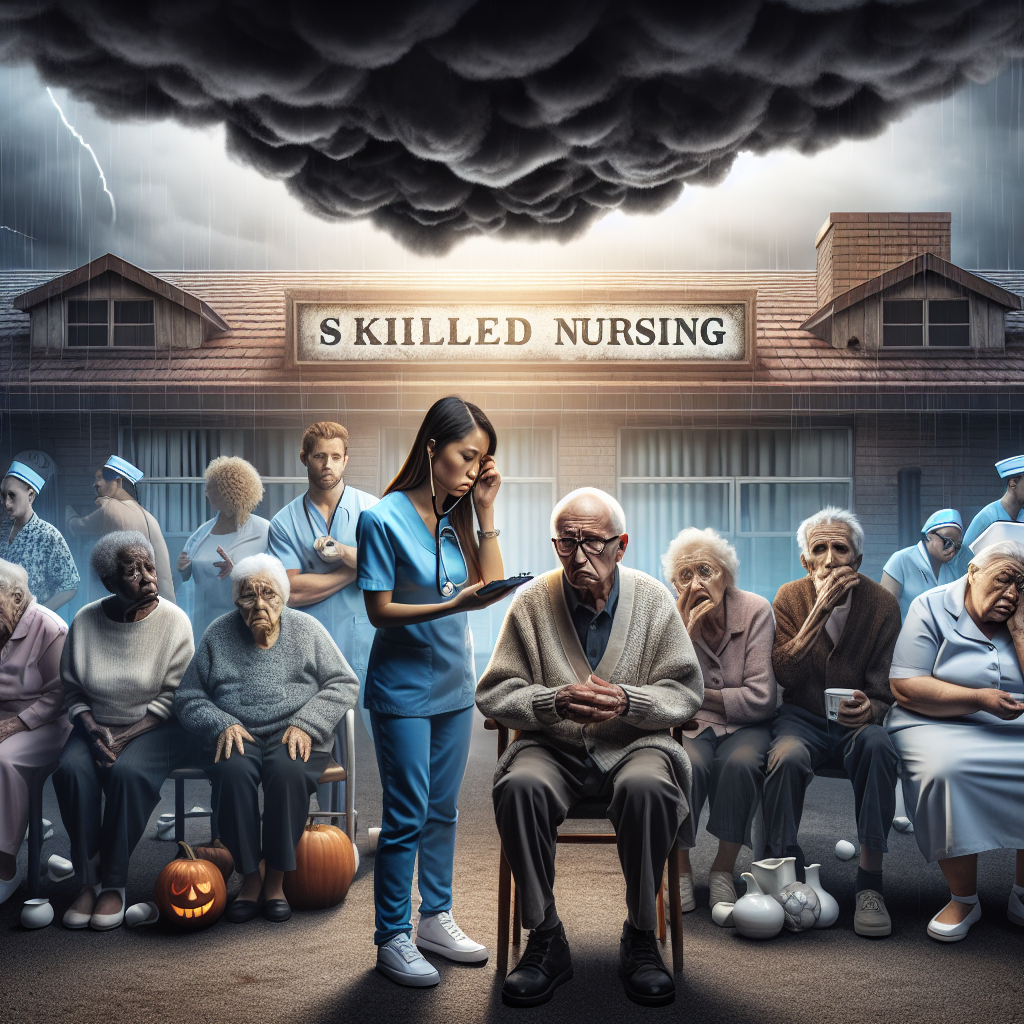New York, NY— The financial scaffolding supporting America’s skilled nursing facilities is wobbling, threatening the stability of care for thousands of the nation’s seniors. As Medicaid reimbursements lag and operational costs soar, facilities across the country are grappling with the grim reality of scaling back services or, in some dire cases, shuttering entirely. This precarious situation places an inordinate amount of pressure on the most vulnerable among us—our seniors.
A stark statistic from the National Health Care Association highlights the depth of the dilemma: approximately 1.3 million Americans currently reside in nursing homes, with nearly two-thirds of those individuals relying on Medicaid to cover their care costs. Yet, Medicaid’s reimbursement rates often fall short of the actual cost of providing care, forcing facilities into financially untenable positions.
Dr. Linda Sanders, CEO of a renowned skilled nursing facility in upstate New York, shared her perspective with us, “The gap between the cost of care and what Medicaid reimburses us for is widening. Every day, it becomes more challenging to maintain the standard of care that our seniors deserve.” Her statement echoes a daunting reality faced by skilled nursing facilities nationwide, navigating a tightrope of financial sustainability while endeavoring to provide quality care.
Compounding the issue is the COVID-19 pandemic, which has not only elevated operational costs due to heightened needs for personal protective equipment and testing but has also led to staffing shortages. The pandemic underscored the critical role skilled nursing facilities play in the healthcare continuum, yet it also spotlighted their vulnerabilities—thin margins, staffing challenges, and the relentless pressure to meet regulatory and care standards.
Experts argue that policy reform is urgently needed to bridge the gap between Medicaid reimbursements and the actual cost of care. Without intervention, the viability of skilled nursing facilities as a key component of senior healthcare stands at risk. Proposed solutions vary, from raising Medicaid reimbursement rates to more granular strategies like incentivizing the adoption of technology and efficiency improvements within facilities.
The potential fallout of inaction is stark, with Dr. Sanders warning, “Without adequate funding, the quality of care could diminish, or worse, facilities might close, leaving our seniors with nowhere to turn.” The ongoing funding falter not only jeopardizes the health and welfare of millions of seniors but also signals a broader societal challenge — how to ensure that a growing aging population receives the care and dignity it deserves.
As state and federal policymakers grapple with these issues, the fate of many skilled nursing facilities—and by extension, the seniors who depend on them—hangs in the balance. The next steps will require a concerted effort among stakeholders to redefine the financial paradigms that underpin skilled nursing care, ensuring that quality care for our seniors does not become collateral damage in a broader economic battle.


